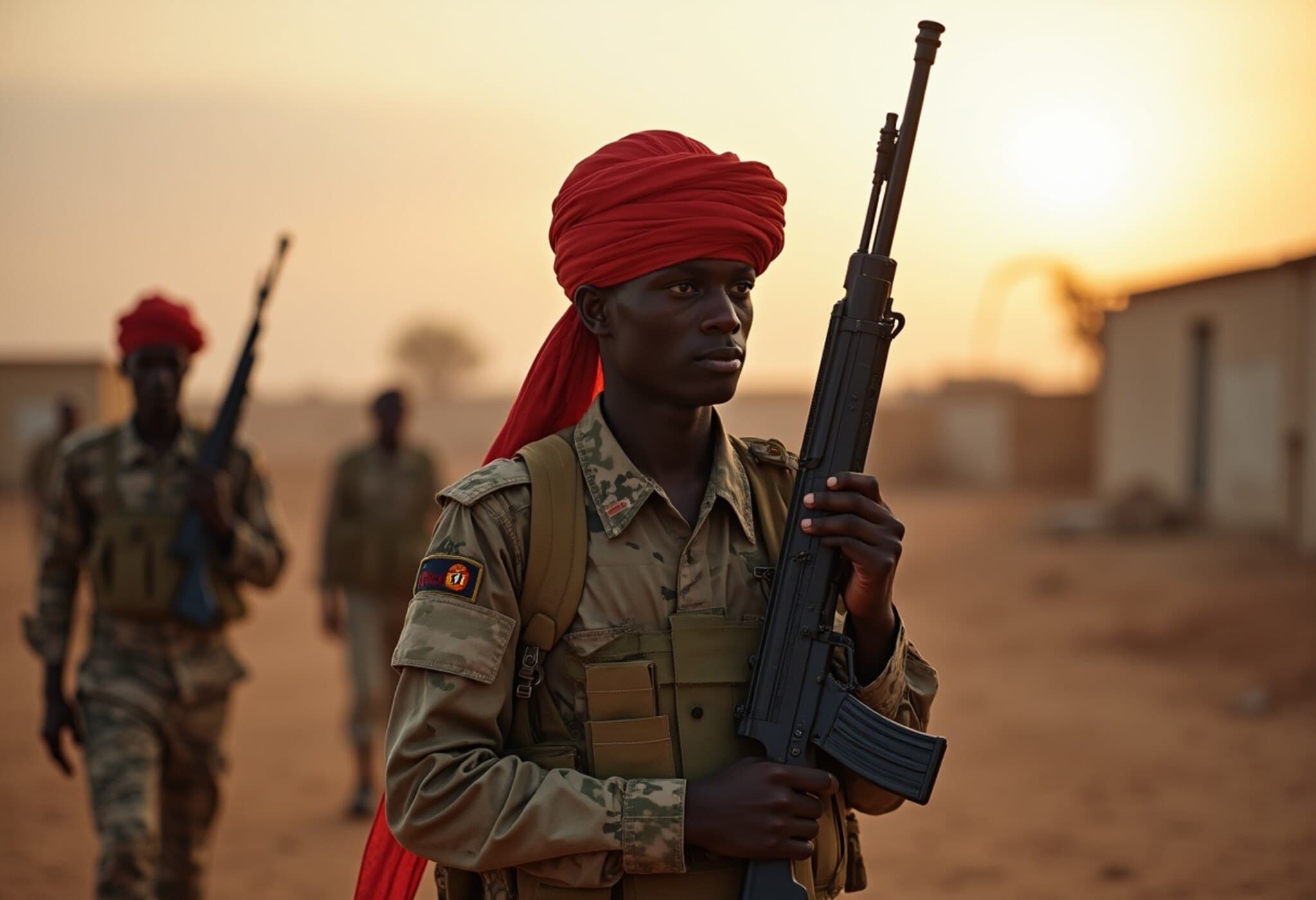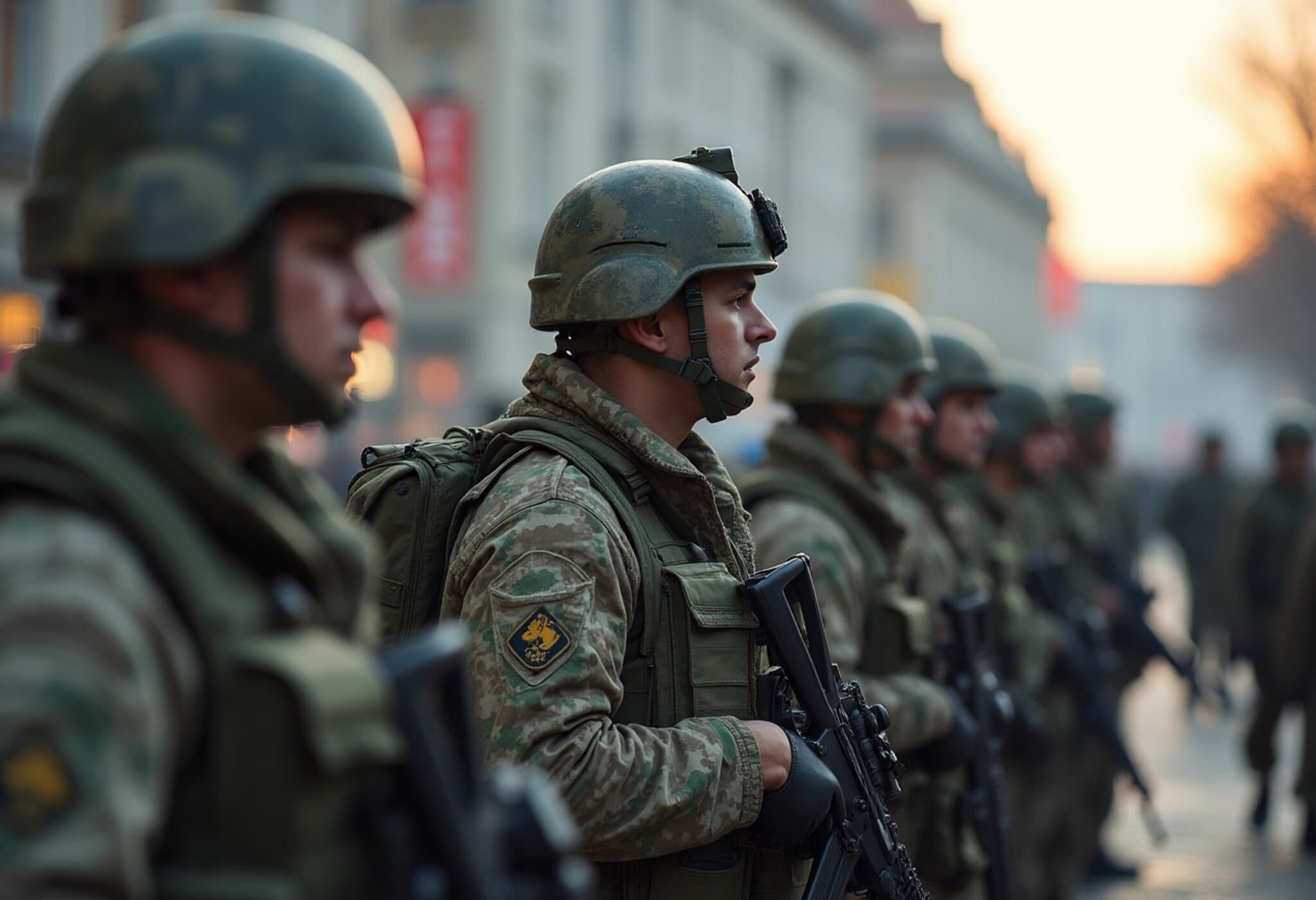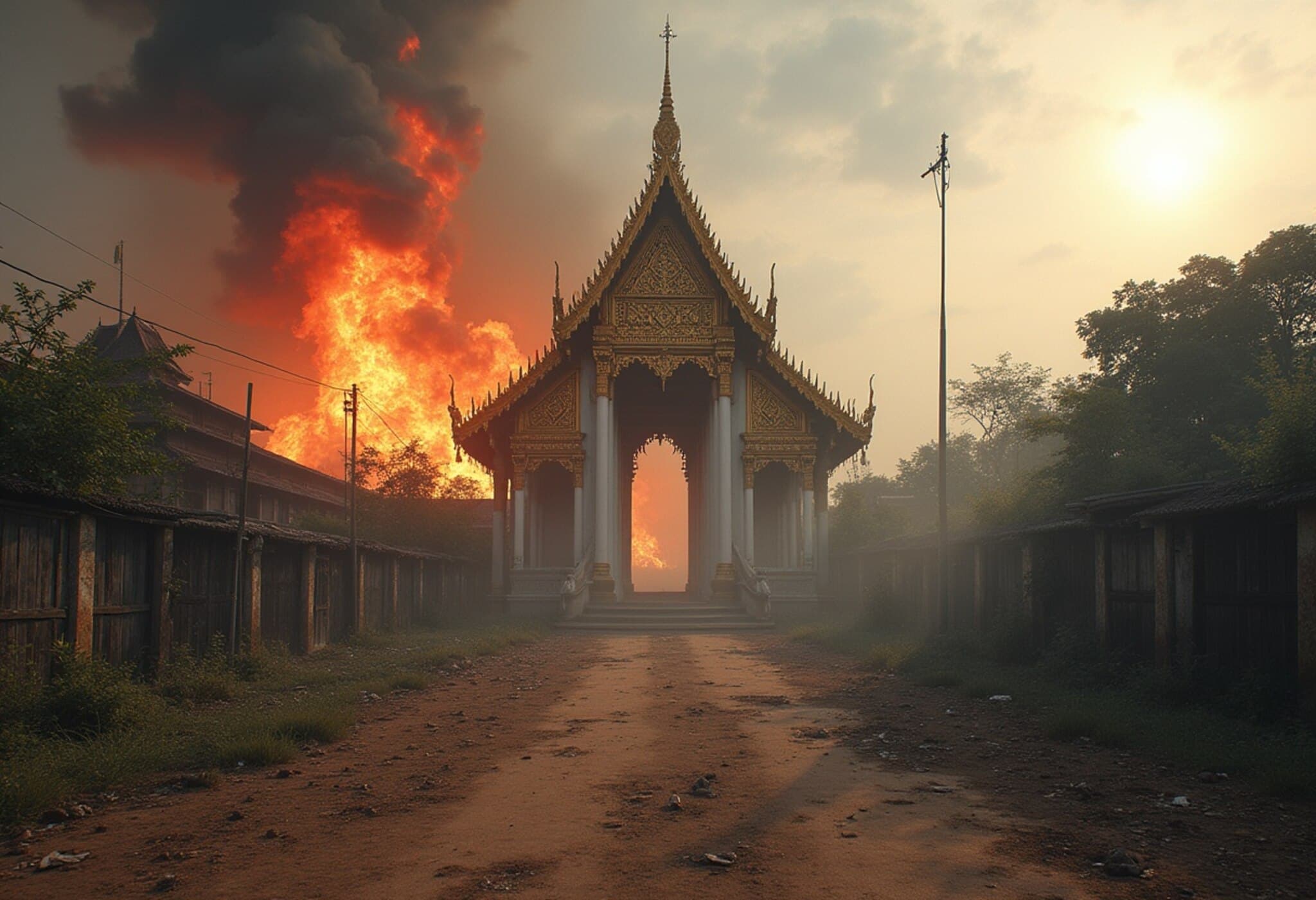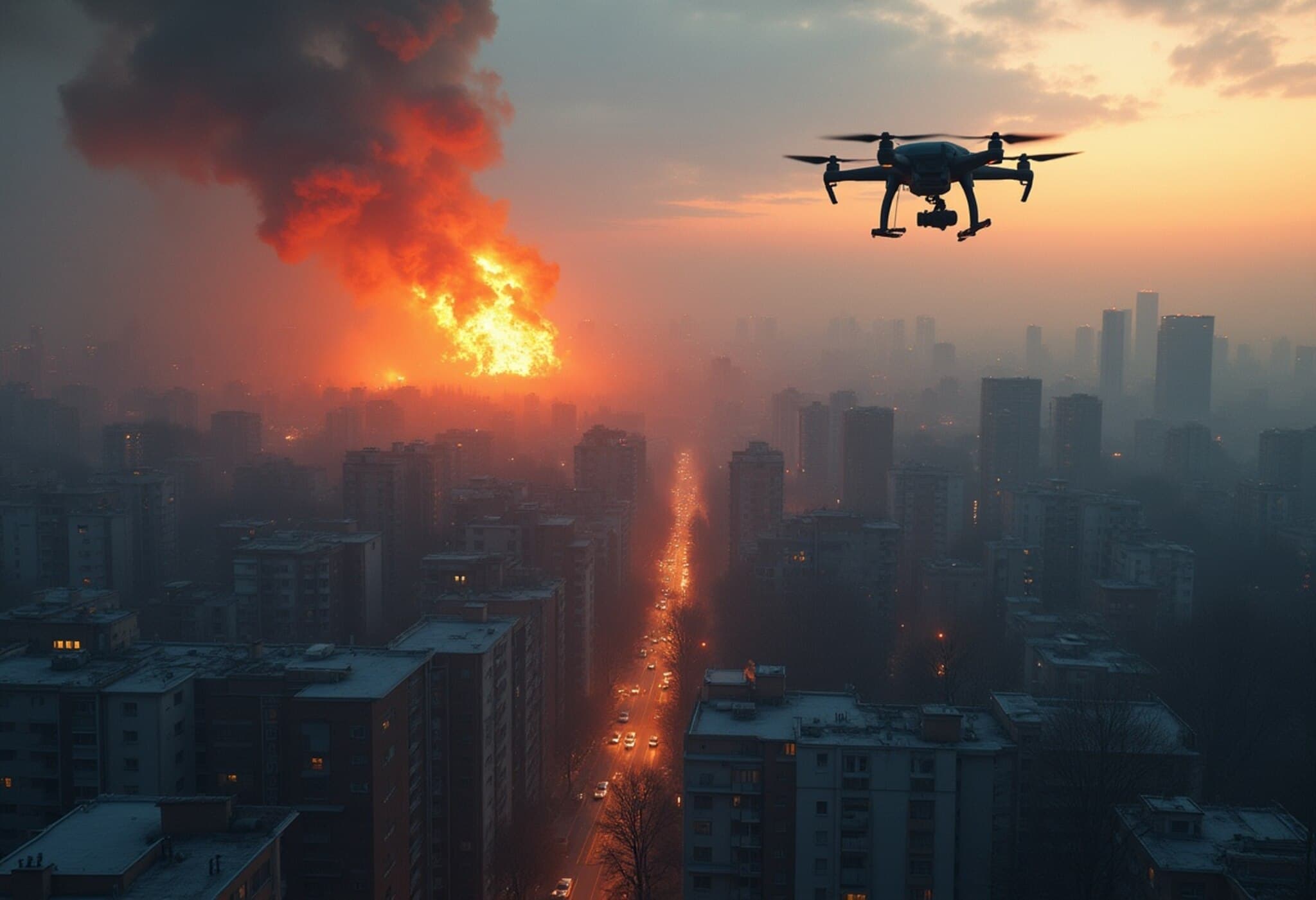Deadly Airstrike Strikes Buddhist Monastery in Sagaing, Myanmar
In the early hours of Thursday, an airstrike targeted a Buddhist monastery in the Lin Ta Lu village, Sagaing township, central Myanmar, tragically claiming the lives of at least 23 people. This devastating attack, reported around 1 a.m., took place approximately 35 kilometres northwest of Mandalay, the country’s second-largest city.
Details of the Attack and Casualties
According to armed resistance groups and the Associated Press, the airstrike hit a monastery sheltering more than 150 civilians escaping the persistent conflict ravaging the region. Eyewitnesses and local resistance members, speaking anonymously due to security concerns, reported that among the deceased were four children, and approximately 30 others sustained injuries, with at least 10 in critical condition.
Meanwhile, the Democratic Voice of Burma, a respected online news outlet, suggests the death toll might be higher — potentially around 30 — though these figures remain unconfirmed amid the chaos.
Context of Military Operations in Sagaing Region
This airstrike is part of a wider military campaign aimed at dislodging resistance fighters who control large swathes of territory in Sagaing. The military recently intensified its offensive, deploying tanks and aircraft just five kilometres from Lin Ta Lu. The affected monastery had become a refuge for displaced villagers fleeing advancing troops.
Since the coup in February 2021, when Myanmar’s military seized power from the democratically elected government of Aung San Suu Kyi, the conflict has escalated into a brutal civil struggle, displacing thousands and devastating local communities.
The Military’s Position and Political Implications
The Myanmar military, known as the Tatmadaw, has yet to provide an official statement regarding this specific airstrike. Historically, the army has defended its actions by branding resistance groups as terrorists and asserting that all operations target legitimate military threats.
Nay Phone Latt, spokesperson for Myanmar’s parallel National Unity Government, condemned the strike and linked the military’s recent surge in violence to its desire to consolidate power ahead of upcoming elections later this year. He remarked, “The regime wants to demonstrate strength before the vote, hoping it will help them maintain control despite widespread opposition.”
Why Sagaing Matters: A Hotbed of Resistance
Sagaing has emerged as a focal point of armed resistance against the junta. The region’s rugged terrain and strong local opposition groups have challenged military dominance, prompting increased airstrikes — a tactic to which resistance fighters have limited means to respond.
The tragic targeting of a religious sanctuary underscores the human cost of the conflict and raises profound questions about the rules of engagement, civilian protection, and the widening humanitarian crisis in Myanmar.
Looking Forward: What This Means for Myanmar and the Region
As tensions escalate and Myanmar inches closer to its controversial elections, the international community faces pressing challenges in addressing the growing human rights violations, displacement, and instability. Civilian casualties, especially in sanctuaries like monasteries, amplify calls for greater scrutiny of Myanmar’s military actions.
Experts warn that without meaningful political dialogue and increased pressure on the junta, the cycle of violence could deepen, further destabilizing Southeast Asia's delicate geopolitical balance.
Editor’s Note:
The recent airstrike on a Buddhist monastery in Myanmar’s Sagaing region is a stark reminder of the ongoing humanitarian crisis fueled by military crackdowns since the 2021 coup. While the military claims targeting “legitimate threats,” civilian deaths in places of worship highlight alarming violations of human rights and international norms. This tragic incident invites us to consider: How can global actors effectively support peace and protect vulnerable populations amid such complex armed conflicts? The coming months, particularly with impending elections, will be pivotal in determining Myanmar’s trajectory toward violence or reconciliation.











